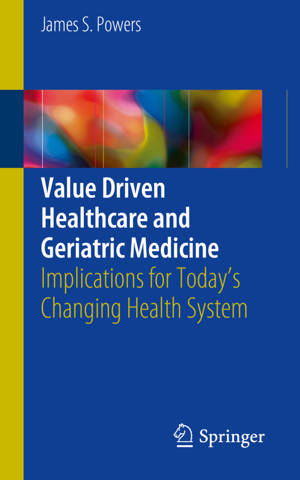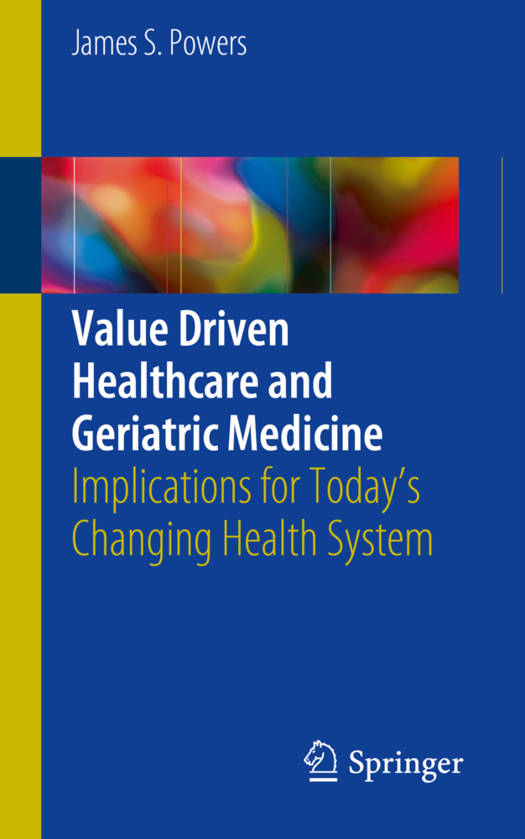
- Retrait gratuit dans votre magasin Club
- 7.000.000 titres dans notre catalogue
- Payer en toute sécurité
- Toujours un magasin près de chez vous
- Retrait gratuit dans votre magasin Club
- 7.000.0000 titres dans notre catalogue
- Payer en toute sécurité
- Toujours un magasin près de chez vous
Value Driven Healthcare and Geriatric Medicine
Implications for Today's Changing Health System
James S PowersDescription
Value-based purchasing is a demand side strategy to reward quality in health care delivery. Value-based purchasing involves cost considerations and includes the actions of employers, the public sector, health plans, and individual consumers in making healthcare decisions. Effective health care services and high performing health care providers are incentivized to provide quality outcomes and to control cost. Value-based purchasing drives quality metrics which are publicly reported and serve asimportant levers for changes in healthcare delivery.
Geriatric patients consume a disproportionate share of healthcare resources, so CMS directs Medicare and drives geriatric healthcare models. All other insurers generally model CMS/Medicare guidelines. Innovative geriatric care models which demonstrate improved outcomes and cost moderation are scaled and lessons learned used to create new healthcare models. The best data for broader value driven healthcare comes from the geriatric models, which currently have the best data available.
This book traces the origins of value-based purchasing and current geriatric care models and synthesizes their implications for today's changing health system. It also discusses healthcare accountability and risk sharing. The audience includes geriatric healthcare professionals, but also a wider audience interested in broader healthcare models and value driven healthcare from a policy, economic, and ethical perspective. These include primary care physicians, specialists who work with aging patients, hospital administrators, healthcare educators, healthcare organizations, and all medical professionals working with aging patients and patients affected by healthcare reform.
Spécifications
Parties prenantes
- Auteur(s) :
- Editeur:
Contenu
- Nombre de pages :
- 156
- Langue:
- Anglais
Caractéristiques
- EAN:
- 9783319770567
- Date de parution :
- 16-05-18
- Format:
- Livre broché
- Format numérique:
- Trade paperback (VS)
- Dimensions :
- 201 mm x 130 mm
- Poids :
- 181 g

Les avis
Nous publions uniquement les avis qui respectent les conditions requises. Consultez nos conditions pour les avis.






